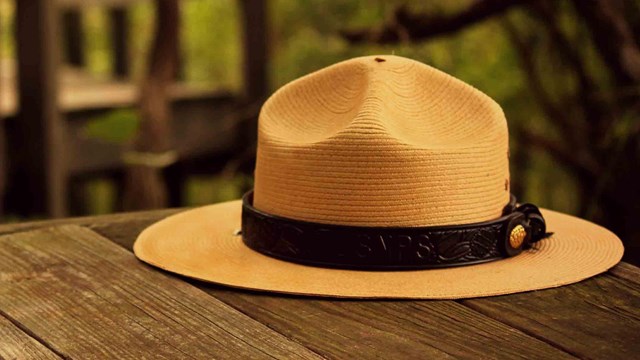Civil Rights are not in the past for the National Park Service. We are active participants in exploring the stories of civil rights by hosting events, engaging communities, conducting research and preserving important places across the nation.

Civil Rights- related ranger talks, workshops, special celebrations, commemorations and more!

The National Park Service preserves places related to civil rights in national parks and in local communities around the country.

The National Park Service provide grants to local communities to protect civil right history.
- Big Thicket National Preserve
Black History at Big Thicket: Relying on the Landscape After Emancipation
- Type: Article
- Locations: Jean Lafitte National Historical Park and Preserve, New Orleans Jazz National Historical Park
- Offices: National Center for Preservation Technology and Training

Catherine Cooper speaks with Bobby Fieseler about writing "Tinderbox" and the importance of the Up Stairs Lounge Fire in LGB activism as we come up to the 50th anniversary of the fire. The Up Stairs Lounge Fire was an unsolved arson fire at a gay bar in New Orleans on June 24, 1973. With 32 dead, it was the worst mass murder of homosexual Americans in 20th century America.
- Type: Article
- Locations: Dwight D. Eisenhower Memorial, Eisenhower National Historic Site, Stonewall National Monument

In 1953, the Eisenhower Administration entered office pledging to clean up the government. As seen with Executive Order 10450, this had devastating effects for thousands of innocent and faithful civil servants. Many LGBTQ Americans were persecuted and faced repercussions from this. Explore this story here.
- Muir Woods National Monument
Elsa Gidlow's "Chains of Fires"
- Type: Article
- Locations: Muir Woods National Monument

When Elsa Gidlow first laid eyes on the land above Muir Woods National Monument, she knew it was “the place to realize a dream.” That dream was Druid Heights, her home from the mid-1950s until her death in 1986. As a lesbian writer, poet, and philosopher she refused to conform to mainstream America’s ideas about family, love, and home. Every year she lit a Winter Solstice Fire, a ritual that connected her with women across time.
- National Trails Office - Regions 6, 7, 8
Route 66 and the Historic Negro Motorist Green Book
- Type: Article
- Offices: National Trails Office - Regions 6, 7, 8

Route 66 is widely recognized around the world as an icon of 20th-century America, emphasizing personal mobility and pursuit of the American Dream. However, the experience of the road was not the same for everyone. The historic Negro Travelers’ Green Book, was an annual travel guide published from 1936 to 1964 by Victor H. Green. It provided Black travelers with information necessary to stay safe and comfortable during the era of segregation prior to the Civil Rights Act.
- Type: Article
- Locations: Carter G. Woodson Home National Historic Site, Castillo de San Marcos National Monument

In 2018, "Barracoon" by Zora Neale Hurston was published posthumously. This book told the story of Cudjo Lewis a survivor of the "Clotilda", one of the last ships to bring enslaved people from Africa to the United States. In this article learn about Hurston's journey to write this book and Cudjo's story.
- Big Thicket National Preserve
Big Thicket to Host Two Volunteer Planting Events this Winter
- Mount Rushmore National Memorial
New Outdoor Ethnobotanical Garden Expands Interpretive Storytelling at the Memorial
Last updated: February 21, 2025





